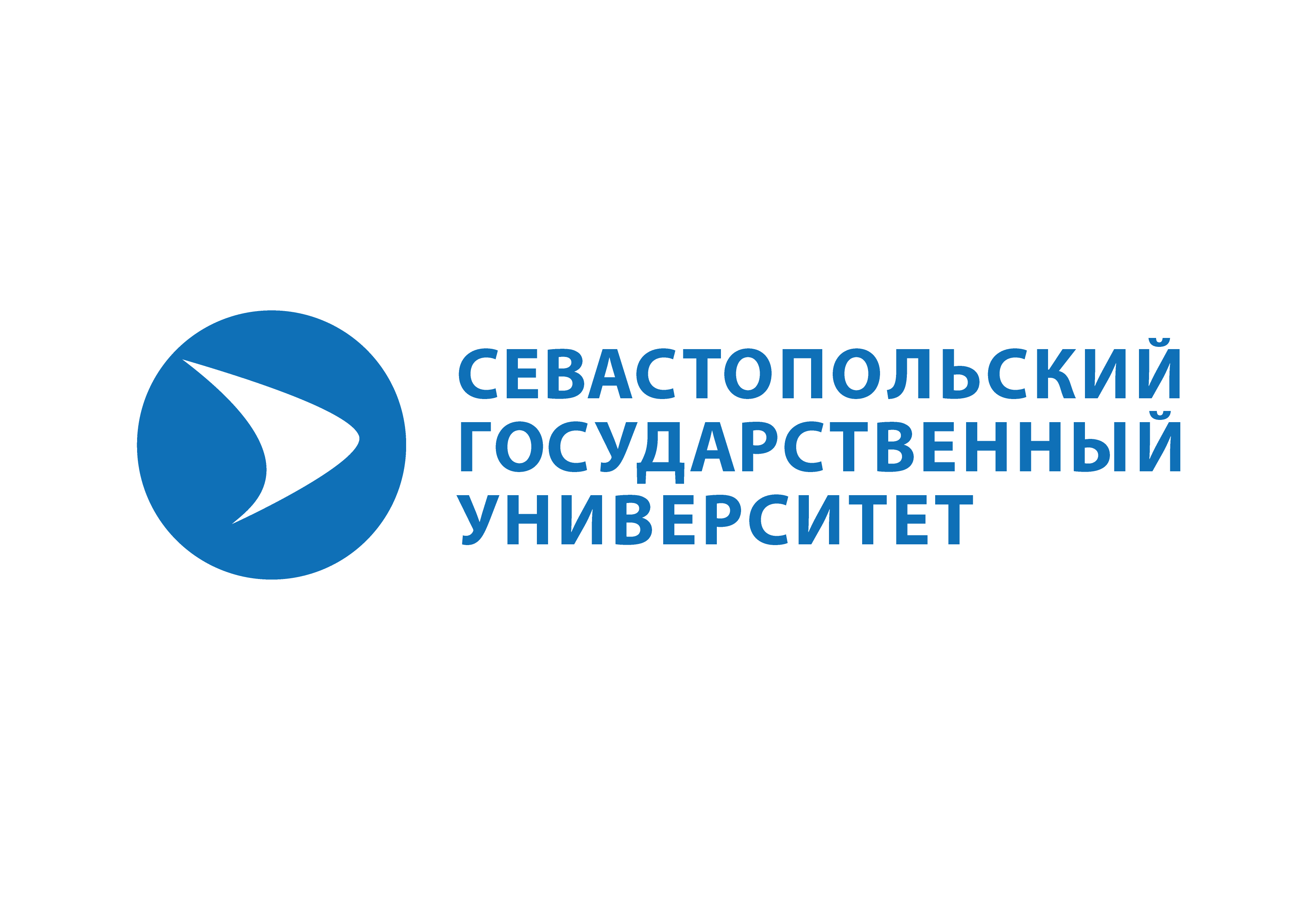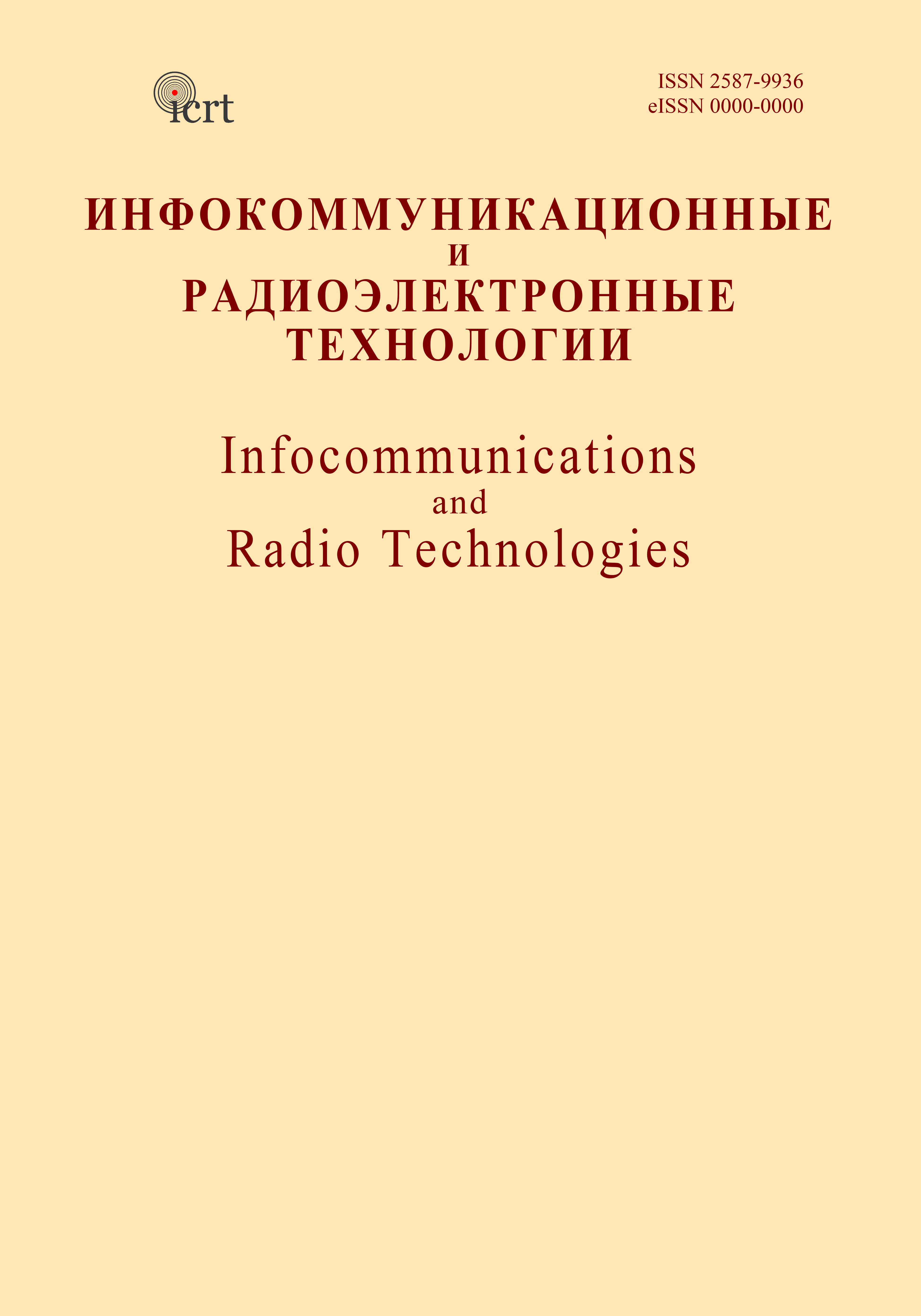Moscow Institute of Physics and Technology (National Research University)
Moscow, Moscow, Russian Federation
Moscow, Moscow, Russian Federation
UDK 537.874 Явления, возникающие при распространении электромагнитных волн
UDK 621.372 Направленное распространение электромагнитных колебаний
UDK 621.374 Импульсная техника. Умножители частоты. Делители частоты
“Waveguide” effect that occurs by indoor propagation of ultrawideband signals is shown. The effect exhibits itself in the absence of interference factor of signal dissipation at any distance. Unlike outdoor propagation, the signal attenuation in multipath indoor environment is similar to free space. The effect occurs due to reflections of the incident wave from paired opposite surfaces, e.g., floor – ceiling, parallel walls. As a result, the distance range of indoor ultrawideband communications is essentially higher than outdoors. The effect is simulated in a three-ray reflection model.
ultrawideband, signal propagation, two-ray reflection model, Vvedensky formula, chaotic signal
1. M. P. Dolukhanov, Propagation of radio waves. 4th ed. Moscow: Svyaz’, 1972. (In Russ.).
2. A. Aguiar and J. Gross, Wireless Channel Models, Technical Report TKN-03-007, Berlin, April 2003.
3. V. Jodalen, J. Pugh, and P. Vigneron, “Wideband propagation characteristics at 312 MHz in Eastern Norway and impact on waveform requirements,” Proc. 2015 IEEE Mil. Comm. Conf. (MILCOM 2015), pp. 1673-1678, 2015.
4. P. Tuset-Peiró, A. Anglès-Vazquez, J. López-Vicario, and X. Vilajosana-Guillén, “On the suitability of the 433 MHz band for M2M low-power wireless communications: propagation aspects,” Transactions on Emerging Telecommunications Technologies, vol. 25, no. 12, pp. 1154-1168, Jul. 2013, doi:https://doi.org/10.1002/ett.2672.
5. A. F. Molisch, Wireless Communications, 2nd ed. Wiley, 2010.
6. Yu. V. Andreev, A. S. Dmitriev, V. A. Lazarev, and A. I. Ryzhov, “Experimental study of the propagation of ultra-wideband chaotic signals in rooms,” Uspekhi sovr. radioelectron., no. 3, pp. 55-66, 2013. (In Russ.).
7. S. M. Rytov, Introduction to statistical radiophysics. Part 1. Random processes, Moscow: Nauka, 1966. (In Russ.).










